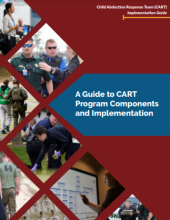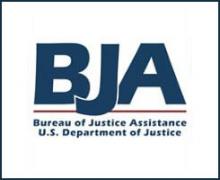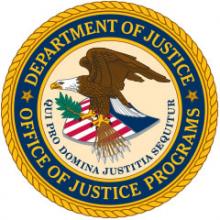Alaska Natives
Child Abduction Response Team (CART) Certification Guide: A Guide for Agencies and CART Programs Pursuing Certification
Date Published
September 2024
Agencies
OJJDP-Sponsored
Child Abduction Response Team (CART) Implementation Guide: A Guide to CART Program Components and Implementation
Date Published
September 2024
Agencies
OJJDP-Sponsored
Report on the OVC Fiscal Year 2024 Crime Victims Fund Tribal Set-Aside Program
Date Published
2024
Agencies
OVC
Models for Integrating Veteran’s Services with Tribal Healing to Wellness Courts
Date Published
2024
Agencies
BJA-Sponsored
Report on the OVC Fiscal Year 2021 Crime Victims Fund Tribal Set-Aside Formula Program
Date Published
2021
Agencies
OVC
Report on the OVC Fiscal Year 2022 Crime Victims Fund Tribal Set-Aside Formula Program
Date Published
2022
Agencies
OVC
Report on the OVC Fiscal Year 2023 Crime Victims Fund Tribal Set-Aside Program
Date Published
2023
Agencies
OVC
Association of Depression, Comorbidities, and Sociodemographic Factors among Home Healthcare Recipients
NCJ Number
309164
Journal
Clinical Gerontologist
Date Published
March 2024
Agencies
NIJ-Sponsored
Publication Link
Indigenous Ways of Knowing Tribal-Based Practices
Date Published
May 2024
Agencies
OJJDP-Sponsored
Special Feature: Domestic Violence
Date Published
2020
Agencies
OJP
Tribal Healing to Wellness Courts: Inaugural Survey of the Field
Date Published
March 2023
Agencies
BJA-Sponsored









